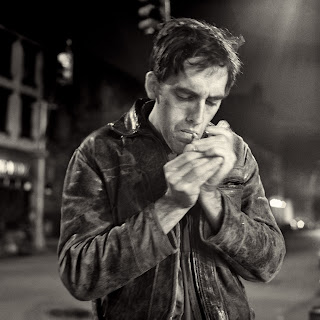A sincere thank you to all of the friends and supporters who came out over the past two weeks for book signings of Art on the Block. With open-to-the public venues on the Upper East Side, the Lower East Side, Chelsea and Bushwick, I was delighted to meet for the first time a number of readers who had discovered the book on-line or heard about it through their networks.
 |
| The Corner Bookstore on the Upper East Side on publication day, September 17th, 2013. |
 |
| Signing at The Corner Bookstore. Photo by Efrain Gonzalez whose Transgender Girls Working on West Street in Greenwich Village, 1986 is included in the plates. |
 |
| At McKenzie Fine Art on the the Lower East Side. Photo by Kianga Ellis. |
 |
| The author hosted by McKenzie Fine Art on the Lower East Side Photo by Meryl Meisler whose Cars on Palmeto Street, Bushwick, 1985/2013, 2013 is included in the plates. |
Several dear friends also hosted private signings in their homes and it was there that I met the independent book sellers Harriet and Bob. Both long time professionals in the publishing world, Booked by Harriet is a husband and wife team that provides on site book sale services to smaller events where a local bookstore is not involved. Working from your RSVP list, Harriet arrives at your venue with just the right number of copies, sets them up attractively and takes care of sales – whether cash or credit card. The author is free to chat with readers and discuss inscriptions, and the hosts simply enjoy the event. Booked by Harriet does all the rest.
 |
| Art on the Block from Booked by Harriet. Photo by Efrain Gonzalez. |
https://ann-fensterstock.squarespace.com/news-reviews/






























